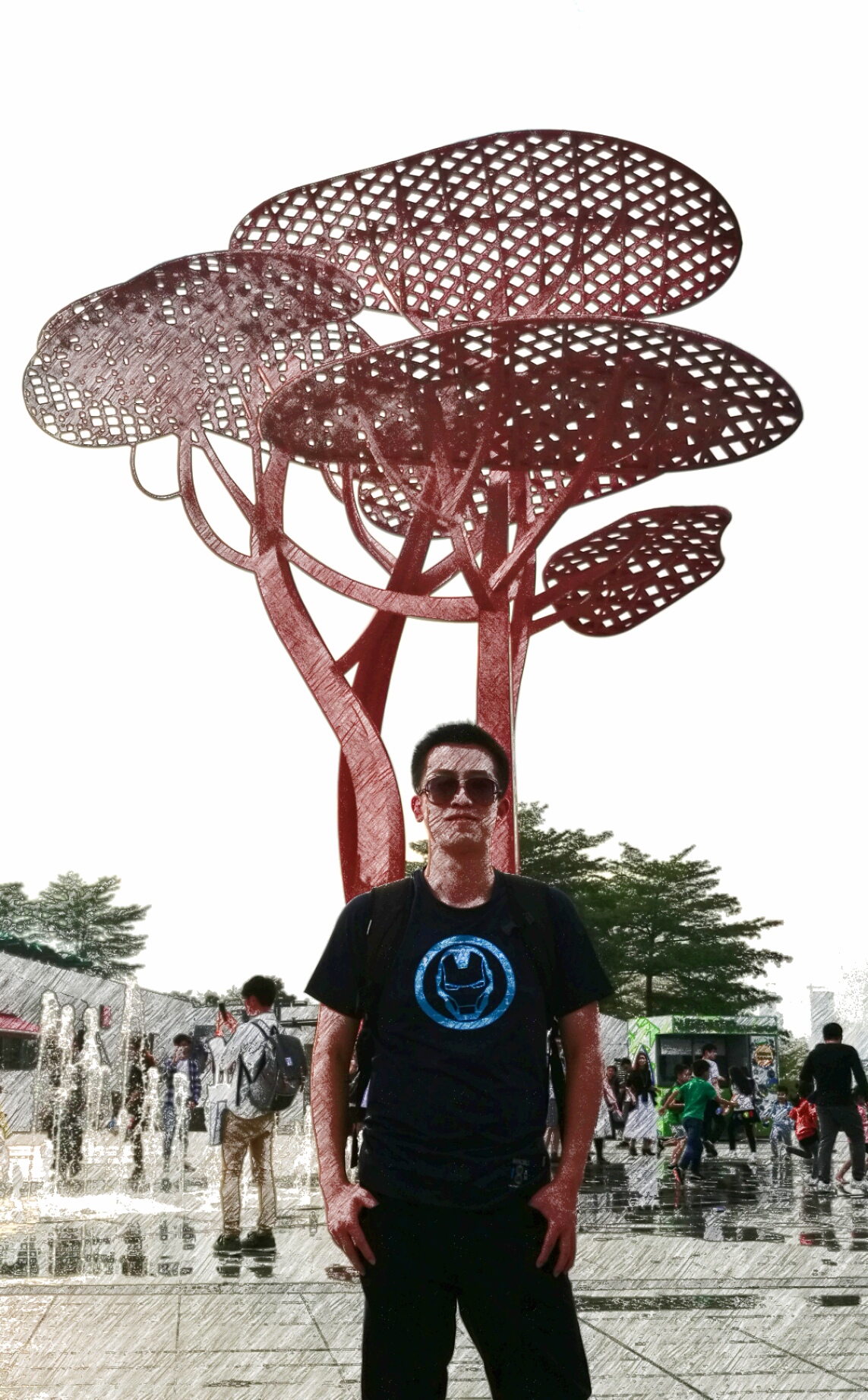Research
With a background in circuit neuroscience and a passion for engineering, my ultimate career goal is to develop therapeutic approaches for patients suffering from neurological dysfunctions. My academic journey has equipped me with expertise in circuit neuroscience, biomedical imaging, and computational modeling, with a focus on advanced microscopy techniques and circuit mechanisms.
During my PhD, I leveraged behavioral experiments and two-photon (2P) microscopy to uncover two unique dopamine circuits that govern memory recovery and false memory generation in the tiny Drosophila brain. This work provided mechanistic insights into how memories are encoded and manipulated at the single-neuron level. This research laid the foundation for exploring complex circuit mechanisms. In my Master’s, I contributed to the development of extended light field microscopy (XLFM), capturing 3D brain structures in a single exposure. This novel tool allowed us to capture continuous whole-brain activity in zebrafish, marking the first time that the entire prey capture process was recorded at the neuronal level. These experiences honed my skills in designing advanced imaging tools and analyzing neural activity dynamics.
During my Master time, I independently built a behavioral setup for operant learning in larval zebrafish, which includes behavioral tracking, visual patterns presentation, and stimuli delivery (e.g., electric shocks). All these are automatically controlled by my software BLITZ. In the course of this project, I also mentored three undergraduate students.
In another collaborative project, I measured distraction in human decision-making. I automated the experimental procedures with MATLAB and modeled population responses with a psychometric function.
In my early scientific career, I seized the opportunity to learn from top-tier neuroscientists. At Engert Lab, Harvard University, I learned how to design and conduct behavioral experiments and utilized my expertise in MATLAB to help with the data analysis. In Gilles Laurent’s Laboratory at Max Planck Institute for Brain Research, I utilized my computational skillset in building a predictive model for local field potentials in reptilian cortex.
I enjoy new challenges and adapt quickly to new environments as demonstrated in the above experiences. With my passion for engineering, I also built a multi-sensory robot in Cajal Experimental Neuroscience Bootcamp. To follow the advances in AI and neurotechnology, I attended the NIN Neurotechnology Summer School in Amsterdam and equipped myself with AI skills such as Machine Learning with Tensorflow on Google Cloud.
